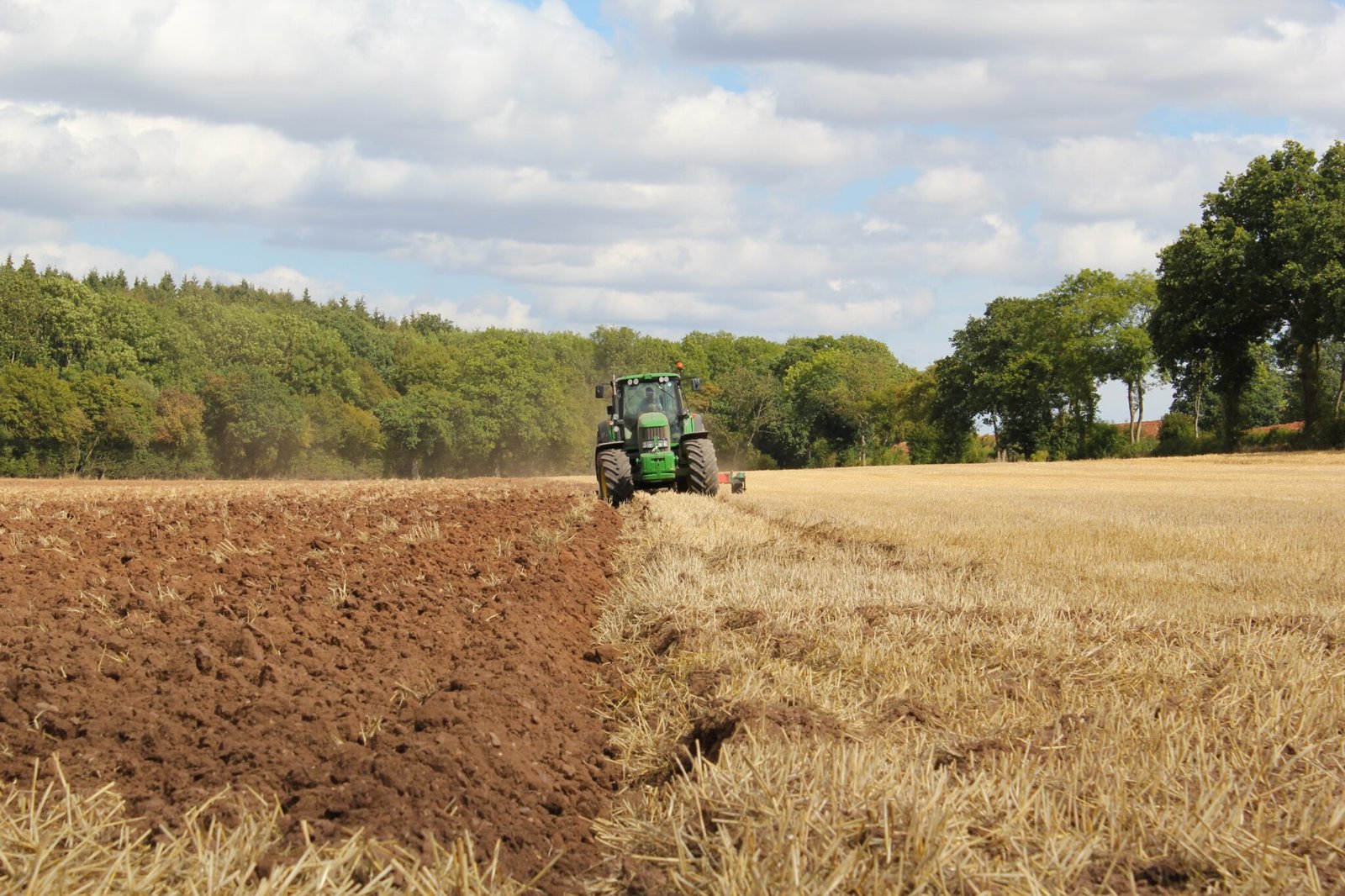Little Known Facts About urban gardening designs.
Little Known Facts About urban gardening designs.
Blog Article

City gardening, a thriving concept transforming the metropolitan landscape, is becoming increasingly popular among city dwellers looking for a link with nature. This 600-word article explores the facets of urban gardening, from its basic definition to its varied designs and benefits, with a particular focus on its implementation in cities like Phoenix and its distinction from urban agriculture and community gardening.
What is Urban Gardening?
Urban gardening is the practice of growing plants, ranging from flowers to vegetables, in an urban environment. This can include balcony gardening, rooftop terraces, or small community plots. Unlike traditional gardening, urban gardening often requires creative solutions to space constraints, leading to creative designs and techniques.
Urban Gardening Design
Design in urban gardening is a crucial element, enabling for the optimization of limited space. Popular designs feature vertical gardens, container gardens, and the use of trellises. These designs not only enhance the aesthetic appeal of urban spaces but also aid in the well-being of city residents by providing greenery and fresh produce.
Urban Gardening Designs vs. Urban Agriculture
Although urban gardening concentrates on small-scale cultivation mainly for personal or community use, urban agriculture tends to be more extensive, sometimes involving commercial aspects. Community gardening, a subset of urban gardening, emphasizes communal efforts and shared spaces for cultivation.
Urban Gardening in Phoenix
Urban gardening in Phoenix, Arizona, showcases how gardening practices can be adapted to different climatic conditions. In Phoenix, water conservation and the use of native, drought-resistant plants are crucial components of successful urban gardening.
Urban Organic Gardening
Urban organic gardening is a sustainable approach that avoids synthetic fertilizers and pesticides, focusing instead on natural growth methods. This practice is essential for those looking to contribute positively to the environment and promote a healthier lifestyle.
Urban Gardening Projects
Across the globe, numerous urban gardening projects show the versatility and community-building potential of this practice. These projects include small rooftop gardens in high-rise buildings to larger community plots that supply fresh produce to urban residents.
Urban Vegetable Gardening
Urban vegetable gardening is a rewarding aspect of urban gardening, enabling city dwellers to grow their own food. This practice encourages food security, lowers the carbon footprint related to transporting produce, and offers the fresher and more nutritious produce.
Urban Gardening Book Recommendations
For those seeking to dive deeper into urban gardening, multiple books offer valuable insights and tips. Titles like "The Urban Gardener" by Matt James or "Urban Gardening for Beginners" offer practical advice and design ideas to transform any small space into a thriving garden.
Conclusion
Urban gardening is more than just a trend; it's a sustainable and enriching practice that brings nature into the concrete jungle. Whether it's through creating a small balcony garden in Phoenix or participating in a community garden project, urban gardening urban organic gardening offers a plethora of benefits and opportunities for personal growth and environmental sustainability. It's urban gardening designs a movement that not only beautifies urban spaces but also cultivates community spirit and a deeper connection with our food sources. As more people turn to urban gardening, we {see|